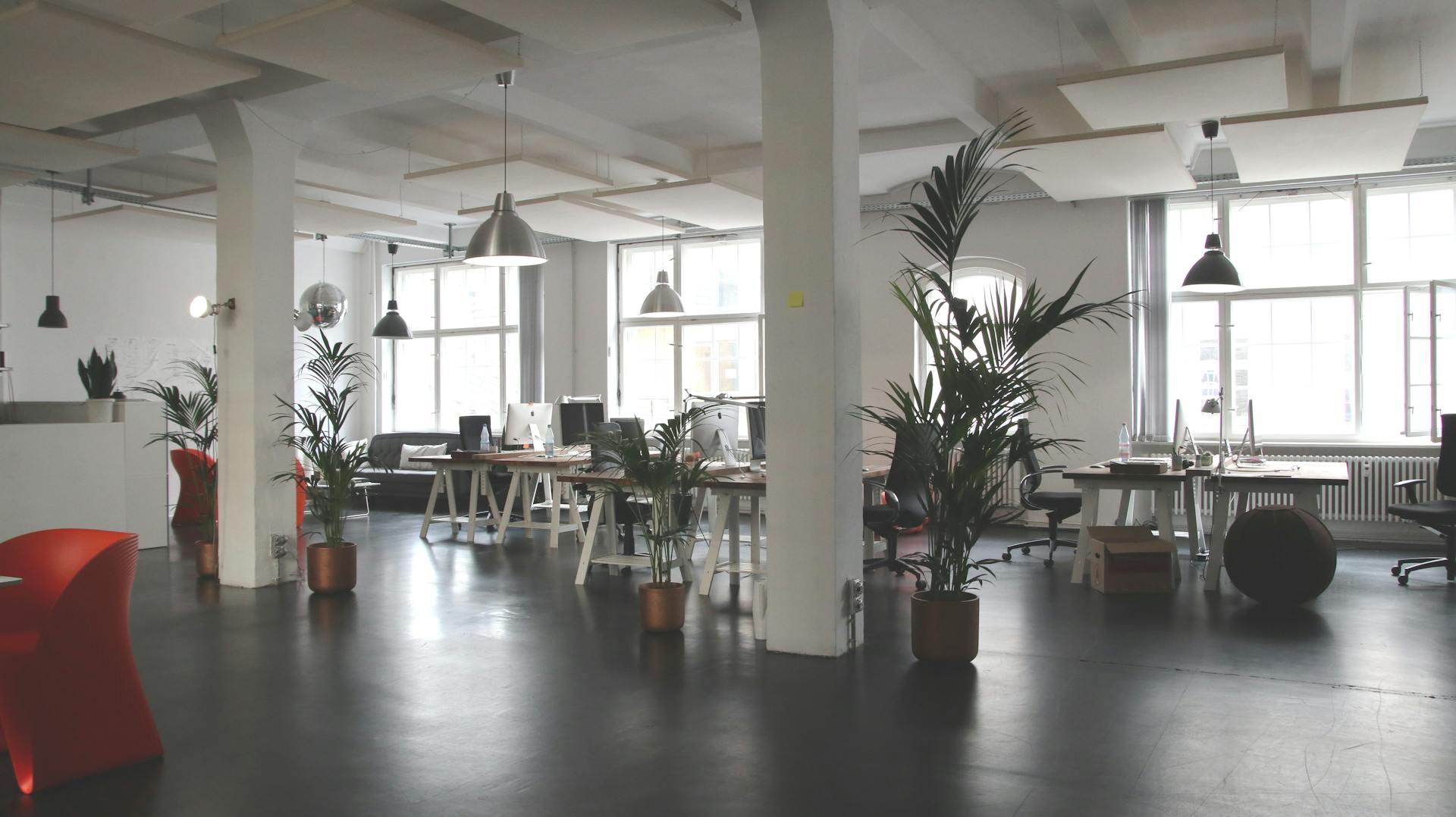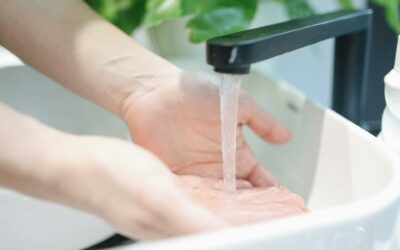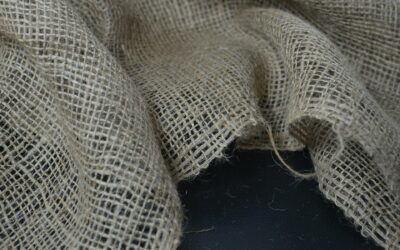Sustainability of Concrete Flooring
Concrete is an essential component of modern construction and has a long tradition as a sturdy and versatile material. But what about the sustainability of concrete floors?
This article sheds light on the arguments for and against the sustainability of concrete floors, examines various perspectives and materials, and encourages discussion.
We also invite you to read Four Sustainable Flooring Materials: Eco-friendly and Stylish Options for a Greener Future
Sustainability Aspects of Concrete Floors
Concrete floors are known to be a sustainable option due to their durability and low maintenance requirements.
They can improve the energy efficiency of buildings through their reflective and insulating properties.
Additionally, concrete can be reinforced with recycled materials such as fly ash or slag, which reduces the need for cement and thus CO2 emissions.
Challenges and Points of Criticism
However, the production of cement, a main component of concrete, is associated with high CO2 emissions.
The extraction of raw materials can lead to land degradation and water pollution.
Efforts are being made to use alternative binders and recycled aggregates to minimize environmental impacts.
Regional Differences and Raw Materials
The sustainability of concrete floors can vary depending on geographic location and available raw materials.
Some market insights:
- Global Demand Trends: From 2000 to 2020, with projections into 2025-2030 under the net-zero scenario.
- China’s Market Dynamics: Despite a global decline of 0.5% in 2021, China experienced a 1.5% increase.
- Europe’s Cement Flooring Market: Valued at over $19 billion in 2023, projected to reach $31 billion by 2033.
- Preference for Ready-Mixes: In 2022, 55% of cement in the EU was used in ready-mixes.
- Growth in Consumption: Lithuania led with a 12% increase in cement consumption in 2022.
- Recovery Post-Decline: A global recovery of approximately 3.5% was observed after the initial drop.
These points offer a snapshot of the cement flooring industry’s current state and its trajectory, reflecting economic vitality and construction development pace.
In some regions, more sustainable raw materials such as GGBFS – Ground Granulated Blast-furnace Slag- or silica fume are more readily available, reducing environmental impact.
Surface Treatments and Finishes
There are various types of surface treatments and finishes for concrete floors that affect their durability and aesthetics.
Urethane coatings, chemical stains, and acrylic sealers are some examples that protect the concrete floor and extend its lifespan.
Brands and Sustainable Concrete Floor Options
Some brands specialize in sustainable concrete floors and offer products that are more environmentally friendly.
With a plethora of brands offering various types of concrete flooring, it can be overwhelming to choose the right one for your project.
Here’s a curated list of 10 reputable concrete flooring brands, their specialty types, and the regions they primarily serve:
- ARDEX Group – Known for their poured concrete flooring options, Ardex has a strong presence in the market with projects across multiple firms. They offer a range of concrete flooring solutions suitable for various applications.
- Concrete Collaborative – This brand specializes in concrete floor tiles and poured concrete flooring, providing unique design options for modern spaces.
- L. M. Scofield Company – A pioneer in concrete floor coatings and stains, their products are widely used in projects to enhance the durability and appearance of concrete floors.
- Korodur – They offer high-quality poured concrete flooring options, catering to both aesthetic and functional requirements of a space.
- Duraamen Engineered Products – Duraamen is known for its epoxy stains and colored epoxy flooring materials, providing a durable and vibrant finish to concrete floors.
- Concrete Solutions – As the name suggests, they provide comprehensive solutions for concrete flooring, including stains and poured concrete options.
- Sika Group – A global leader, Sika offers heavy traffic concrete toppings and a variety of flooring solutions that cater to a wide range of construction needs.
- Bomanite – They are renowned for their concrete floors and epoxy stain products, which are used to create high-quality, decorative finishes.
- Butterfield Color – Specializing in concrete floors and poured concrete flooring, Butterfield Color offers a spectrum of color options for personalized flooring designs.
- Lazenby – Known for their expertise in concrete flooring, Lazenby provides innovative flooring solutions that combine functionality with style.
These brands have been trusted by architects and builders worldwide, and their products can be found in numerous projects across various countries.
Each brand brings its unique touch to the realm of concrete flooring, ensuring that there is a solution for every design vision and functional requirement.
We also invite you to read Sustainable Wood Flooring, Sustainable Cork Flooring, Linoleum, a Key Material for Sustainable Architecture and The Bamboo Flooring Revolution
For those interested in the different types of concrete flooring and their benefits, resources like Architizer and construction guides offer comprehensive insights. These platforms provide valuable information on the latest trends, types, and applications of concrete flooring, helping you make an informed decision for your next project.
Choosing the right concrete flooring brand and type can significantly impact the outcome of your construction or renovation project.
It’s essential to consider the specific needs of your space, the desired aesthetic, and the brand’s reputation for quality and service.
With this guide, you’re well on your way to selecting a concrete flooring option that will stand the test of time and enhance the beauty of your built environment.
These companies often use recycled or natural materials and focus on eco-conscious production
Discussion and Personal Opinions
- How do you see the future of concrete floors in terms of sustainability?
- Do you believe the benefits outweigh the environmental impacts?
- What experiences have you had with concrete floors?
Concrete floors offer both sustainable benefits and challenges. The development of more environmentally friendly mixes and the use of recycled materials are positive steps towards a more sustainable construction industry.
However, it remains an open question of how practices will evolve and what role concrete floors will play in an environmentally conscious future.
We invite you to share your thoughts and experiences in the comments and join the discussion.
Image
- Marc Mueller, Pexels





0 Comments